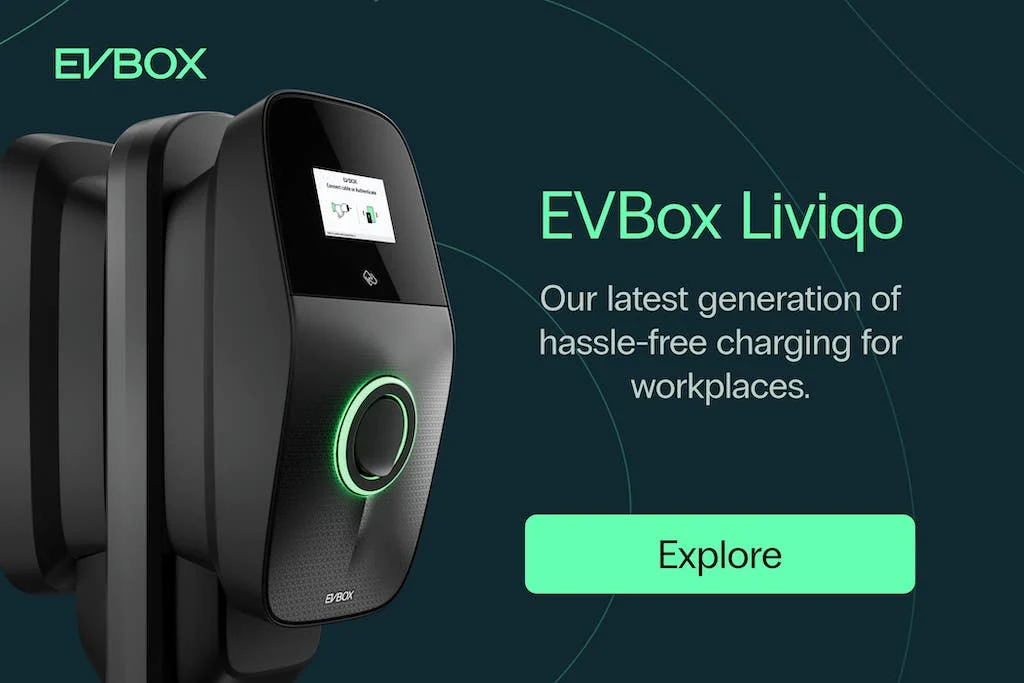The rise of workplace EV charging

Electric mobility is no longer a trend—it's becoming the norm. Many of your employees may already be driving electric vehicles, and offering workplace EV charging can be a great benefit. It helps attract and retain top talent, supports sustainability goals, and even offers potential revenue opportunities.
However, installing EV chargers at your workplace isn’t as simple as just buying a unit and plugging it in. There are many factors to consider, including site preparation, installation complexity, and overall costs.
Let’s explore what you need to know when installing workplace EV charging stations, from planning to cost estimation.
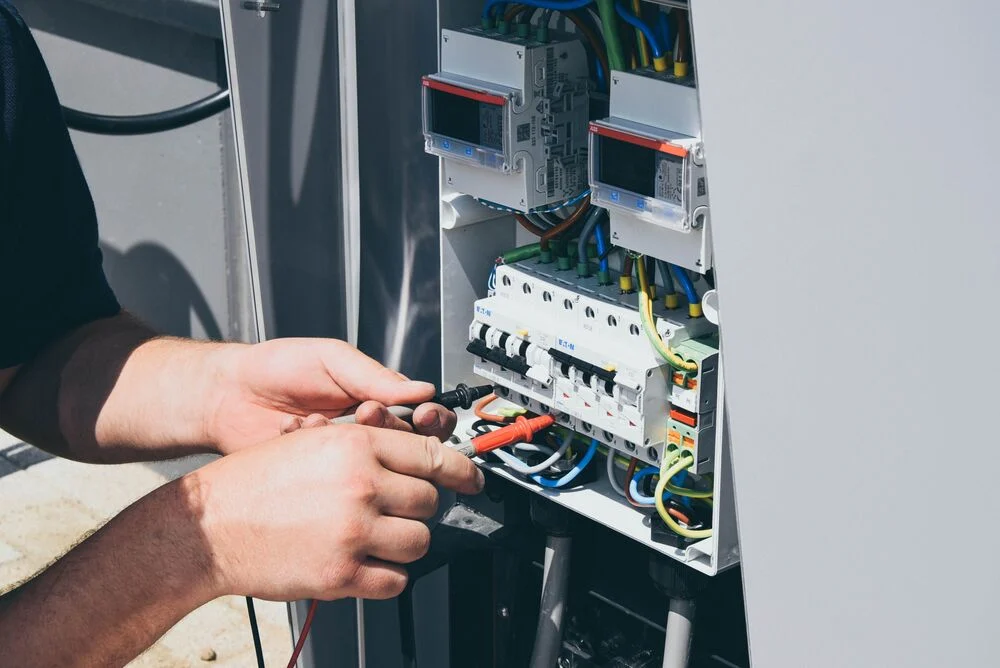
Can you install workplace EV chargers yourself?
No, you won't be able to install EV chargers without help from a qualified installer.
Even basic AC charging stations require professional installation due to their high power output. Improper installation can lead to safety hazards, damage to equipment, and voided warranties. In some countries, like France, it's actually illegal to install an EV charger without a certified technician.
Always check if the installation is included in the total cost when purchasing EV charging solutions. If not, ask for a list of certified installers who can handle the setup.
Common installation challenges of workplace EV chargers
Installing EV charging stations is not a one-size-fits-all process. Each site has its own unique constraints, such as electrical capacity, space limitations, and access to power sources.
Having limited power capacity
Some workplaces may need upgrades to their electrical systems to support additional EV charging load. This includes checking the capacity of the main electricity cabinet and meter box.
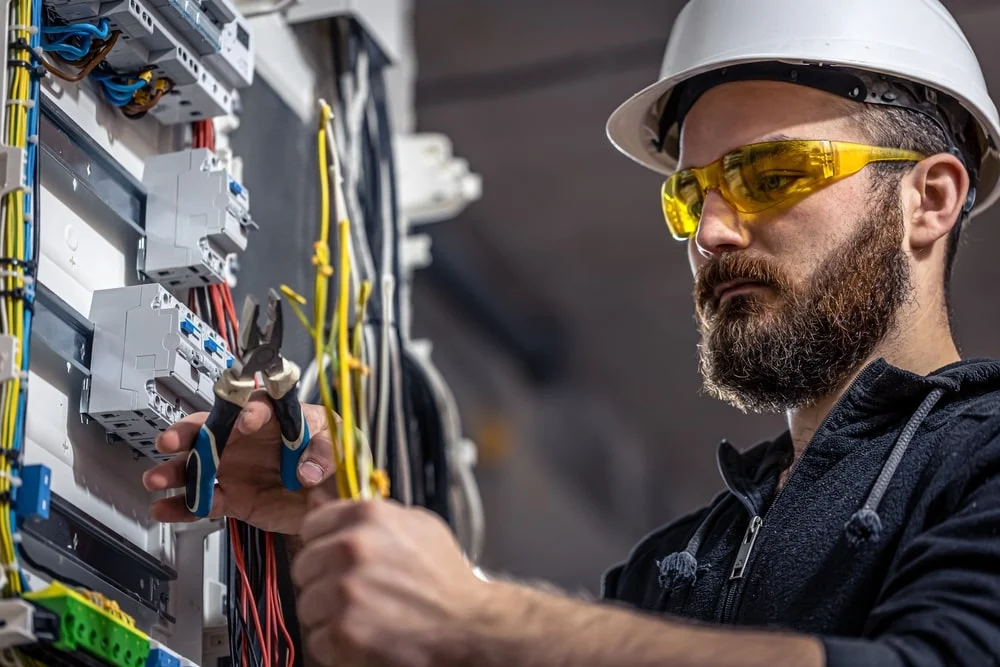
Underestimating connection possibilities for preferred charger locations
Choosing the ideal spot for a charging station might not always align with the best electrical connection points. You may need to run extra cables from the electrical panel to the desired location, adding to the cost and complexity.
Overlooking usage patterns
Consider how the chargers will be used. Are they meant for employees only, or will visitors and customers also use them? How will you manage access and fees? Developing a clear charging strategy before installation can save time and money down the line.
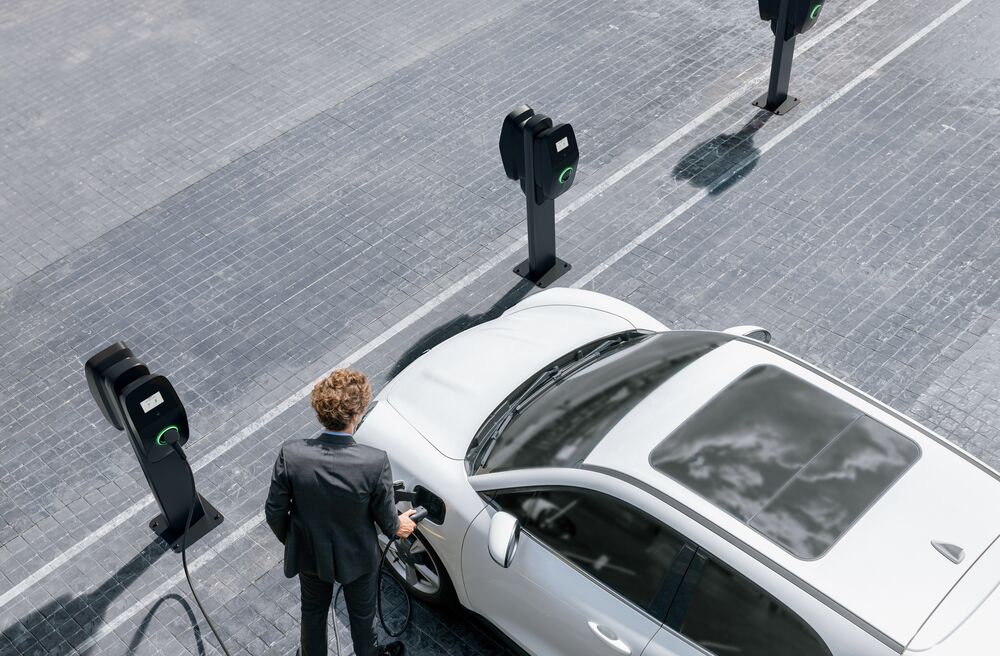
Modern AC EV charging stations come with smart features that make management easier. These include connectivity, load balancing, and remote monitoring, all of which can help streamline the charging process and reduce installation challenges.
In this REVOLUTION Podcast episode, we spoke to Niklas Enkvist about the software side of EV charging stations and how it enhances the user experience.
How to install a workplace EV charging station?
Here are the main steps involved in installing EV charging stations at your workplace:
1. Conduct a detailed site assessment
Before deciding on the number and type of charging stations, have a certified electrician assess your location. This includes evaluating the planned placement of the stations and understanding the building’s electrical system. You’ll need to consider ground works, cable laying, and any necessary electrical upgrades.
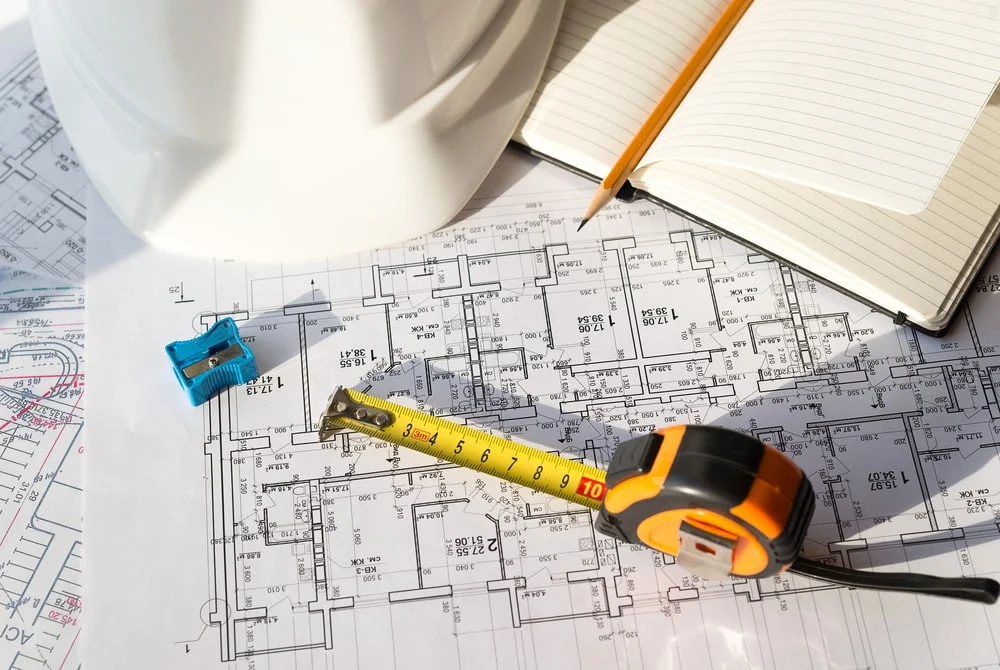
It’s also important to think ahead—how will your EV charging needs evolve over time? Ensuring your installation is scalable can save you money and effort in the future.
2. Evaluate your grid connection
A typical AC charging station uses between 7.4 to 22 kW, which is equivalent to 53 to 157 desktop computers or 148 to 440 laptops. Understanding your building’s spare electrical capacity is crucial to avoid overloading your circuit.

Smart features like load balancing can help distribute energy efficiently among multiple charging stations, reducing strain on your electrical system.
In this insightful episode of our REVOLUTION Podcast, Linda Grave discussed the importance of load balancing in optimizing EV charging.
How long does it take to install workplace EV charging stations?
Installing EV charging stations is more complex than just plugging them into an outlet. The time required depends on the size and complexity of the project. It can range from a few days to several weeks or even months in some cases.
Ask your installer for a detailed timeline, including each stage of the process. This will help you plan effectively and minimize disruption to your business operations.
What are the installation costs for workplace EV chargers?
One of the most important factors to consider is cost. Installation typically makes up 60–80% of the total cost of workplace EV charging. As a rough estimate, installing 10 AC workplace chargers in the EU may cost around €15,000, with labor accounting for about €8,000 and materials making up the rest.
The exact cost depends on various factors, including the type of charger, the complexity of the installation, your location, and local regulations or incentives.
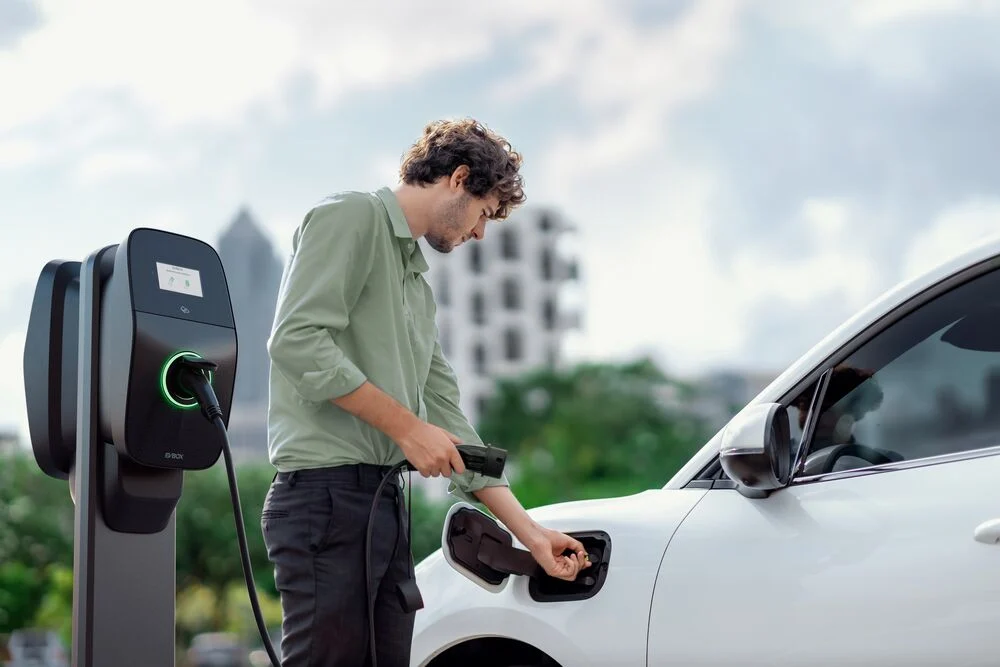
Getting started with workplace EV charging
Installing EV charging stations at your workplace can be more complex than it appears at first glance. However, modern solutions like load balancing and smart connectivity can help overcome many of the common challenges.
Not all EV charging stations and installation services are the same. Planning carefully and considering the factors outlined in this article can ensure a smooth and efficient installation process.
Meet EVBox Liviqo - Hassle-free charging that works for your business
If you’re looking to install EV charging stations at your workplace, consider the EVBox Liviqo. Designed for ease of use, scalability, and smart connectivity, it helps tackle many of the installation challenges discussed here.
